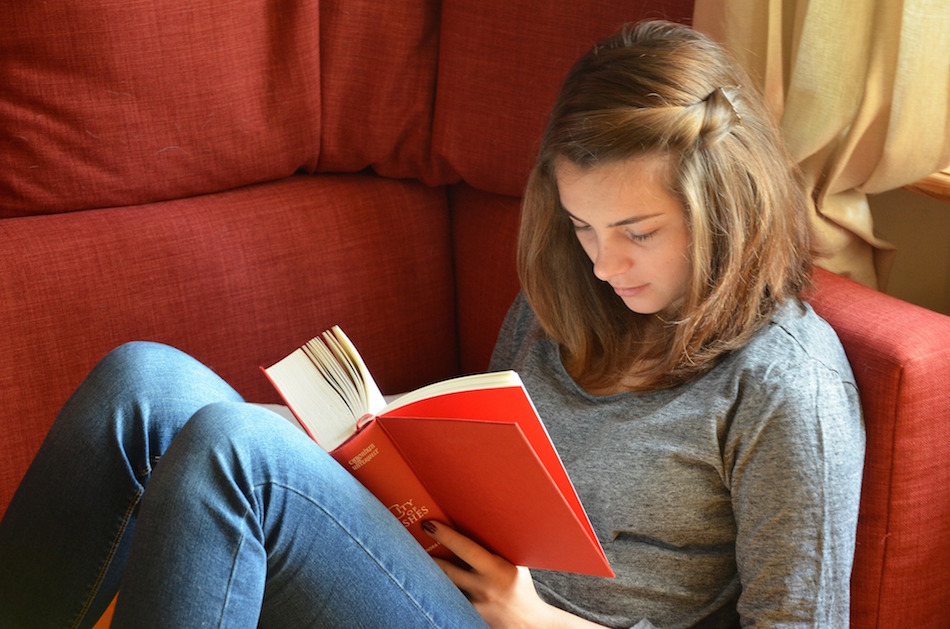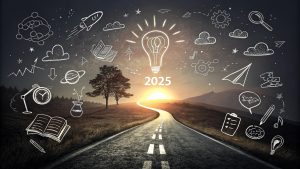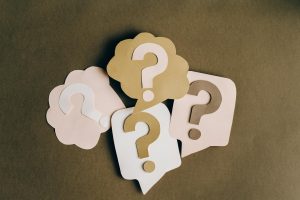Note: This post is written by Jonathan Emmen
We all love a great novel. And when we finish it, we remember the plot, the characters, and most details. Why is that? Because we are totally focused and absorbed in what we are reading as we read it. Contrast that with a textbook – dry, non-fiction content that we are consciously trying very hard to read and remember, without much enthusiasm.
Enthusiasm is probably the single most important factor in reading fast and remembering what we have read. And it is the factor that we all must try to overcome when we read non-fiction material that is not so exciting. Students, content marketers, and business professionals have to absorb a lot of content, and without solid strategies to read faster and remember more, they are committing a great deal of time to an arduous task, often having to take copious notes as they read so that they can review it later and remember.
There are strategies to fix this problem, although they are not the strategies that any of us were taught in elementary school. In fact, the strategies we learned in school probably hamper our efforts. Here is how to read faster and remember more.
1. Turn Off the Monologue of Making Sounds
This is how you were taught to read – to sound out letter combinations and put those together to form words. We continue to do this as adults, when our eyes can actually capture words and sentences and send them to our brains much faster.
This new strategy requires mindfulness, a contemporary buzzword that means many things, but is most often defined as focus. Focus not on sounding words out but rather on your eyes moving across the page. When you do find something that really interests you, you can turn that monologue back on and enjoy. But focusing on what the eye is seeing can increase your speed up to three times.
2. Scan for Those Important Words
This is another strategy that goes against what we were taught in grade school – to read every word in a sentence or paragraph. It is totally unnecessary to get the information. Verb, adverbs, articles, and many adjectives only add fluff. You want the nouns and some of the adjectives and you only need to really read 50% of what is in a sentence. Your mind can fill in the gaps of the less important words.
Example: “Certainly, the dog was happy that his owner fed him but was even happier that he was given some attention with a game of catch.”
Let’s break it down.
“The dog was happy” – your eyes can see this as a chunk, not as four separate words.
“fed by owner” – another chunk
“happier … attention … game of catch”
The sentence has 25 words in it. You can get the meaning by scanning and picking up only 11 words – less than 50% of the total.
This takes practice, but once you get it, you will read everything this way (except that novel where you want to savor every word). And, if there is a paragraph you read that you don’t get this way, you can always go back and read it again. But if you do get it, you are onto the next paragraph quickly.
3. Read First and Last Sentences of Paragraphs First
The reason for doing this is two-fold. First, if you read the first sentence and it is introducing something you already know, why read the rest of the paragraph? Second, non-fiction is generally poorly written. It is long-winded, often repetitive, certainly wordy, and with more examples than are necessary.
Try reading just the first and last sentence of a paragraph in a textbook. Do you get the gist of what is being said? Is this something you have heard about before? Then move on. If, on the other hand, a first sentence piques your interest or if it is introducing content that is foreign to you, read the whole paragraph.
4. Relate New Information to Stuff You Already Know
When we read and take in information, our brains actually store everything – most of it in our subconscious. We don’t know it is there. So, when we try to recall what we have read, it may be hard to do. But it is there – it just needs a context that will spark the retrieval. You can spark that retrieval by relating something new to something you already know, preferably a personal experience.
If you are reading a book on psychology, for example, and you come across the term “cognitive behavioral therapy,” which is then explained, read the full explanation. After all, this is new stuff. Now relate it to a personal experience.
The theory is that what we think about ourselves determines all of our behaviors, and to change behaviors we must first change our thinking. Think of a time when you didn’t take a chance on something because you were afraid of failure. That’s cognitive behavior in action. Now you’ll remember it always.
5. Do Get Some Stuff in Writing
There is a very tiny percentage of humans who remember absolutely everything they read, see, or hear. Their “condition” is called hyperthymestic syndrome. For the rest of us, our memory is not that good. Sometimes we have to write things down so we don’t forget.
When you finish a piece of non-fiction, go back and make some notes, maybe from parts you highlighted as you read. Then type up a 150-word summary of the piece and list the important point you took from it. Save it in a database. You only need to do this with information that is really important to you. Ten years from now, when the memory of that book is a bit vague, you have that database to look it up, and the rest will be retrieved for you.
***
Reading faster and remembering more is not a magical, mysterious thing. It is discarding the strategies that we were taught in elementary school, adopting these new ones, and practicing them.
Jonathan Emmen – student and a passionate blogger from Copenhagen and regular contributor for different educational and entertainment blogs such a ProCustomWriting writing service. You can follow him on @JonnyEmmen or you can also follow him on Kinja.





I will certainly try some of these techniques. Nice post. Thanks!
Glad you find it useful, Kamal!
Why does point 1 contradict studies all over the Internet?